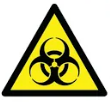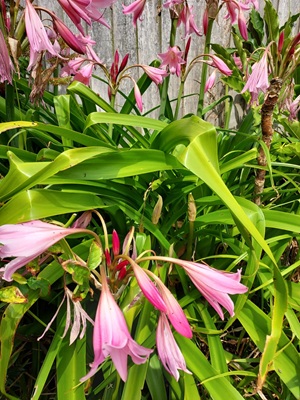Flower Properties
| Property | Value |
|---|---|
| English Name | Belladonna Lily |
| MainColor | Pink |
| PlantType | |
| Growth Type | |
| Season | August |
| ImageUrl | Amaryllis-001 |
| Photographer | Gita |
| Location | |
| Human Toxicity |
Flower Details
Description
Amaryllis belladonna, commonly known as the Belladonna Lily, features striking trumpet-shaped flowers that bloom in shades of pink to white. The plant has long, strap-like leaves that emerge after the flowering period, creating a beautiful display in gardens.
Distribution
This species is native to South Africa but has been widely cultivated in temperate regions around the world. It thrives in well-drained soils and can often be found in gardens and landscapes.
Medicinal/Other Uses

✅ Historically, the bulbs have been used in traditional medicine for their analgesic properties. However, due to its toxicity, it is not commonly used in modern herbal practices.
Edibility

The bulbs of Amaryllis belladonna are highly toxic and should not be consumed. They contain compounds that can cause severe gastrointestinal distress if ingested.
Human Toxicity

Handle the plant with care, as all parts are toxic if ingested. It is advisable to keep it out of reach of children and pets. Human toxicity: ingestion of any part of the plant can lead to serious health issues, including nausea, vomiting, and even respiratory failure.
Pet Toxicity

Highly Toxic to dogs and cats - ingestion can cause severe gastrointestinal upset and other serious health problems.
Active Compounds
The plant contains alkaloids such as lycorine, which are responsible for its toxic effects. These compounds can affect the nervous system and cause various symptoms.
